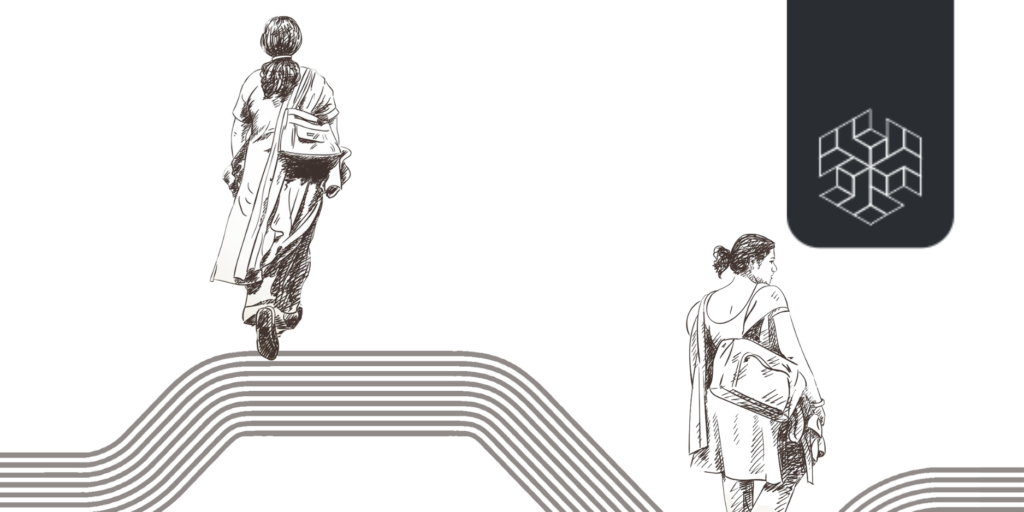Authored by: Shubhangi Raman
Edited by: Kausumi Saha and Devashree Somani
Designed by: Deepesh Sangtani
ABSTRACT
The rapid increase in urbanisation has seen challenges emerging in the planning and management of land. This issue brief seeks to explore the market-based financing tools for land management and analyses whether it can be an alternative for efficiently using urban space. Using case studies from Mumbai and Ahmedabad, this issue brief further assesses the need to leverage transferable development rights (TDR) and floor area ratios (FAR) incentives.
INTRODUCTION: URBANISATION IN INDIA AND ITS CHALLENGES
According to the 2011 Census, 31% of the Indian population live in urban areas, which is predicted to increase to 46% by 2025 (TERI n.d.). Moreover, the UN report on world cities predicts that, by the end of this decade, New Delhi will become the most populated city in the world, surpassing Tokyo (United Nations 2019). However, land is a limited resource and thus, an increase in urban population leads to an increase in the urban density. With a rapidly growing urban population in developing countries like India, there is a need for governments, planners and policymakers to focus on sustainable land-use policies.
However, in India, only 25% of all towns and cities have master plans or development plans (DPs) (Jha and Mankikar 2019). Urban Local Bodies (ULBs) have limited budgets, inadequate infrastructure and a paucity of skilled manpower, leading to improper implementation of development plans. With no devolution of funds, the total revenue collected by all the ULBs in India is approximately INR 1.5 lakh crores, which comprises less than 1% of India’s GDP (National Institute of Public Finance and Policy 2011). As a consequence, with the implementation of the 74th Constitutional Amendment1, ULBs almost always have to look to a higher tier of government for monetary support.
One of the traditional methods in land-use planning is acquisition of land2. The process majorly involves the government taking possession of private land while compensating and resettling the displaced population. This process has proven to be a failure in the scenario of rising urban density because of two reasons.



